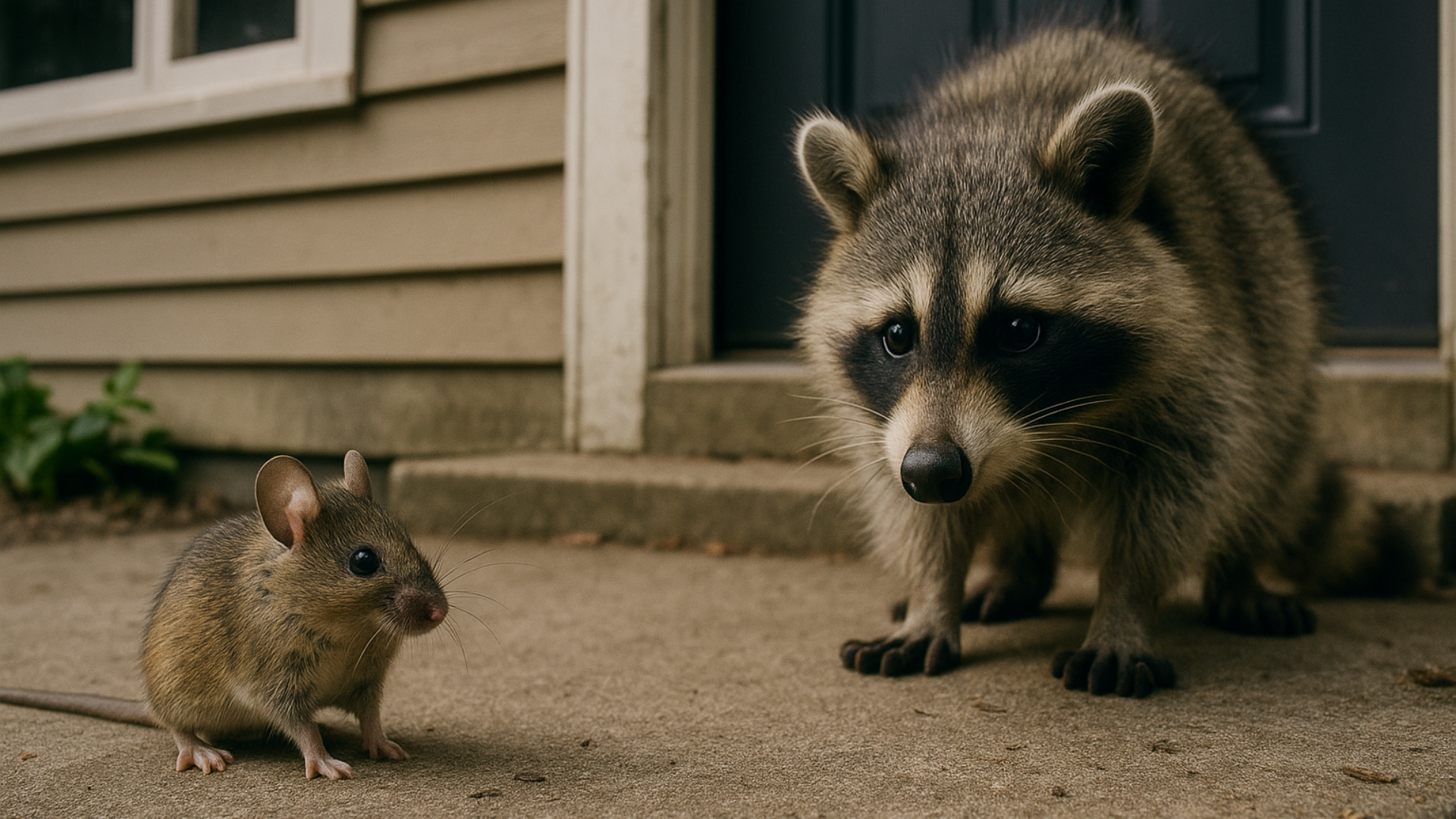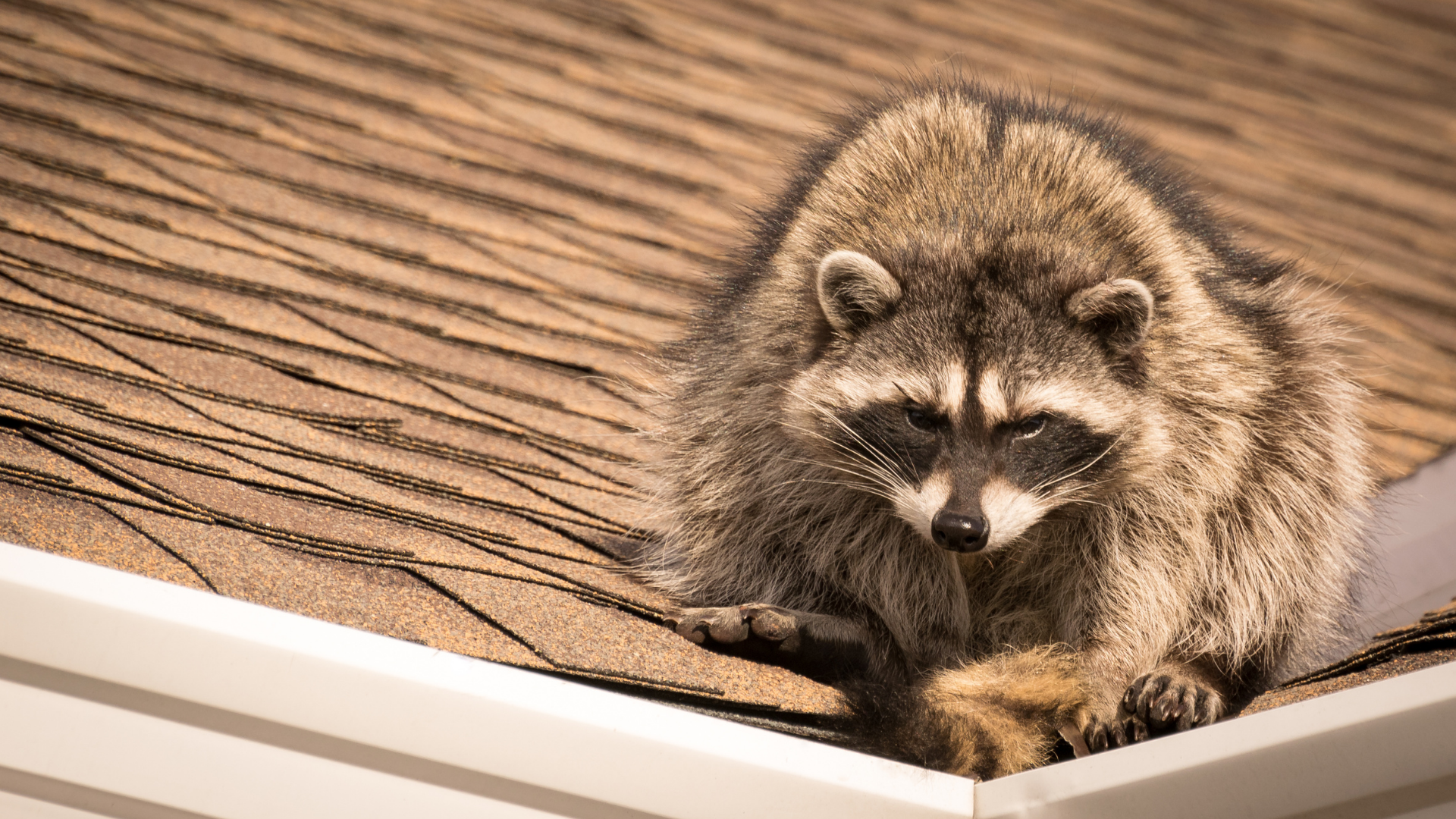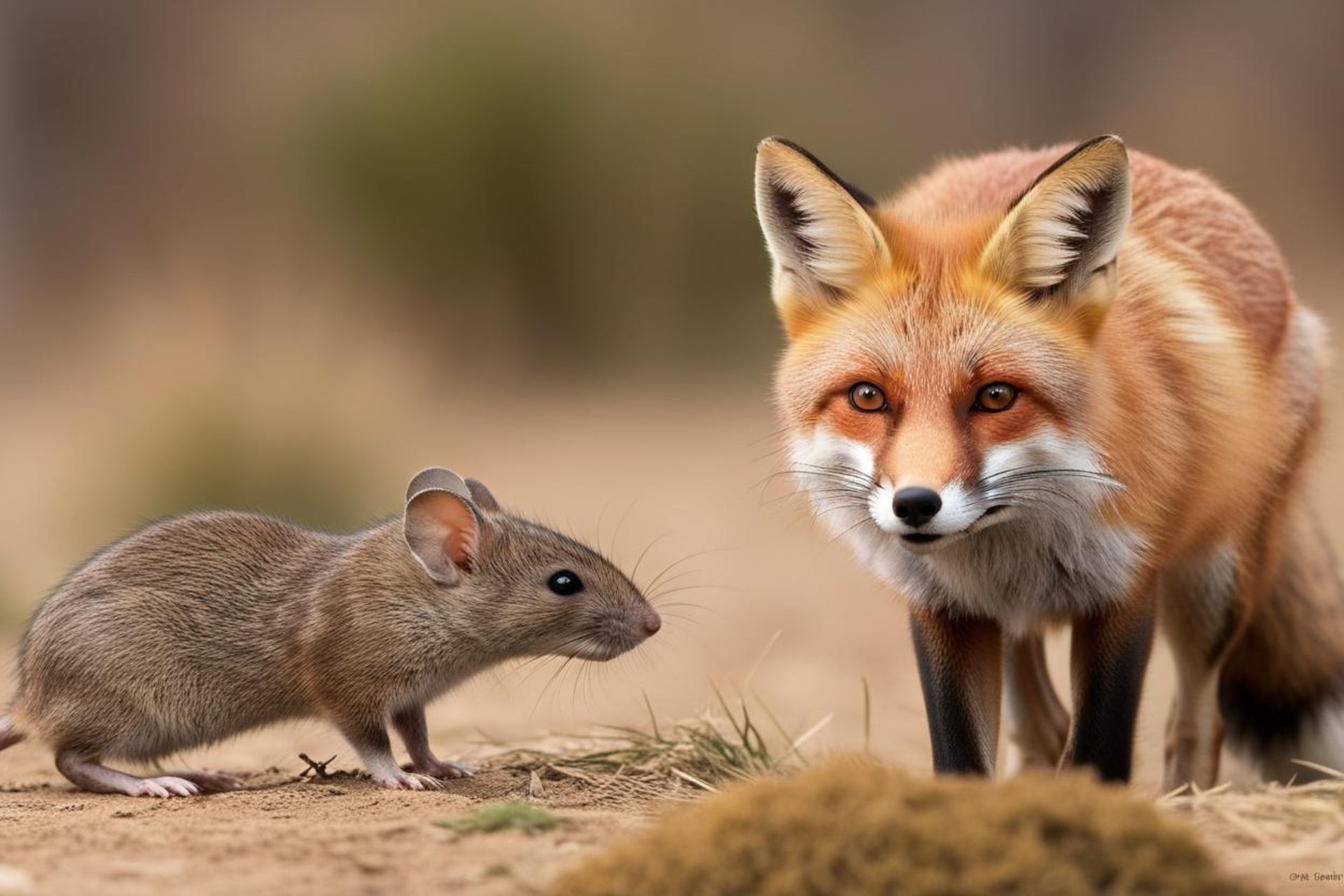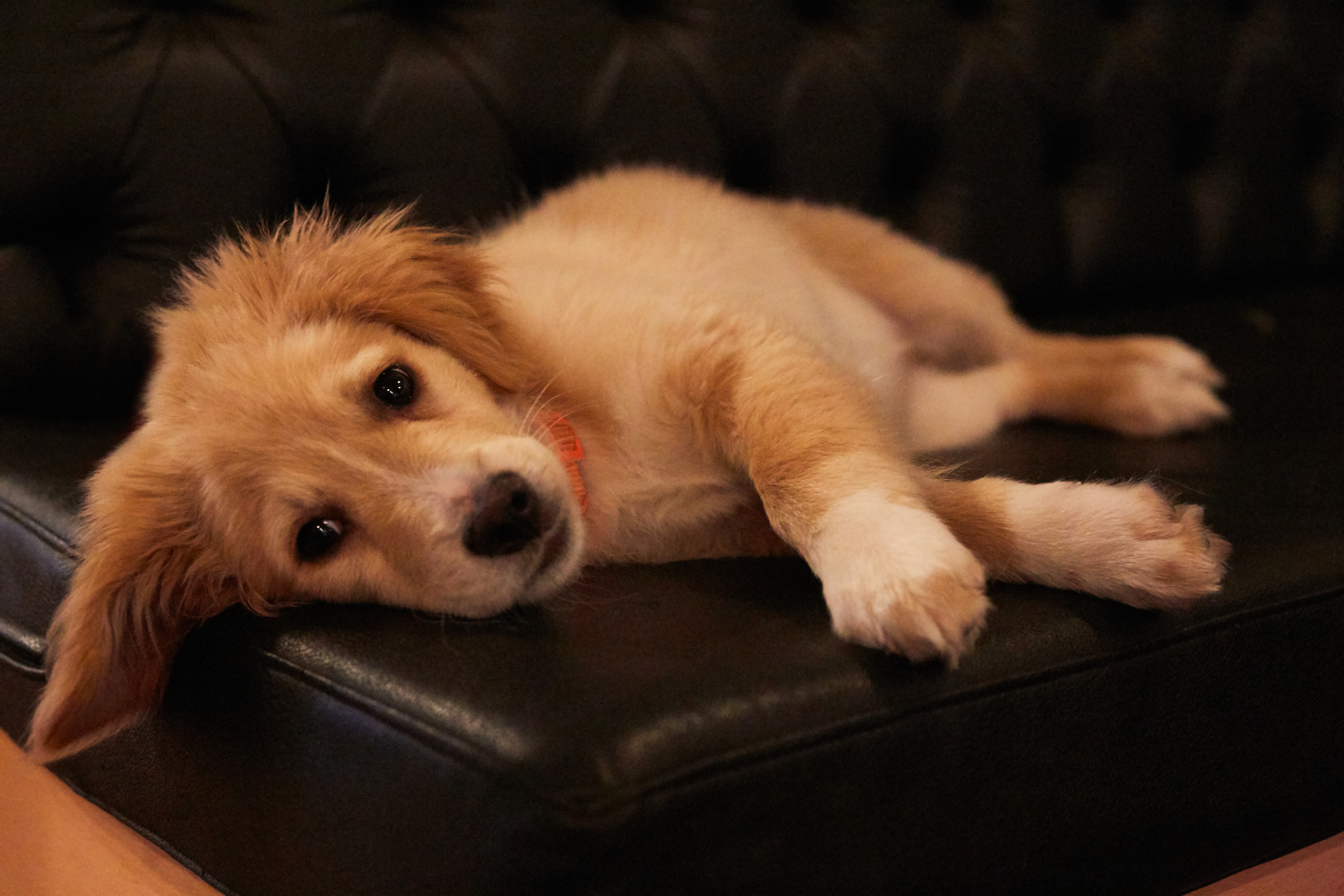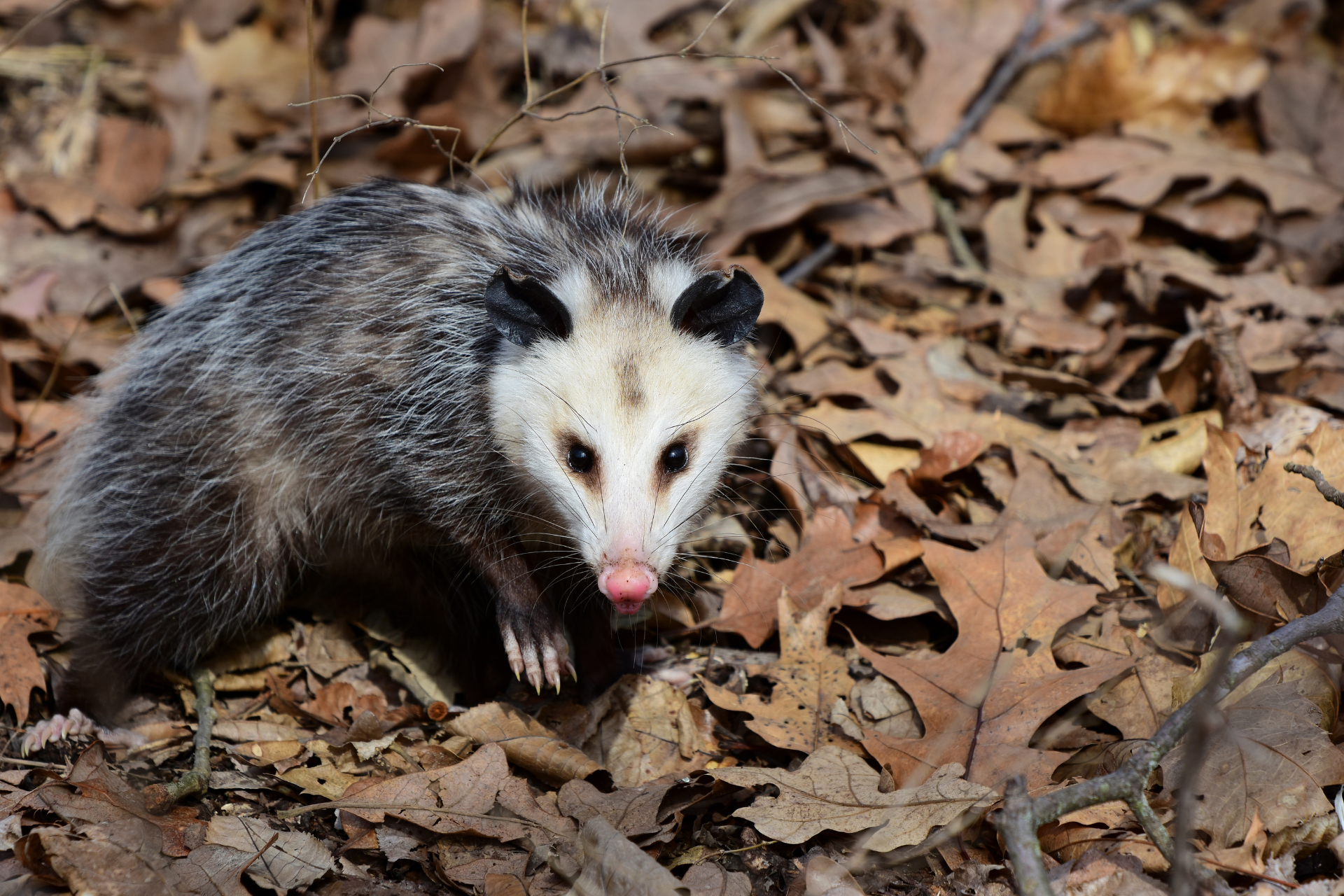What Happens After Wildlife Has Been Removed
Post-Removal Decontamination And Repairs
Most people breathe a sigh of relief once unwanted wildlife has been taken out of their home. That reaction makes sense—the noise stops, the smell might start to fade, and suddenly, it feels like everything’s back to normal. But in truth, removing the animal is just the beginning of the process. What’s left behind can cause just as much trouble, if not more, than the animals themselves.
Once a raccoon, squirrel, bat, or any other intruder is physically removed from a structure, there's often a silent trail of damage and contamination that doesn’t go away on its own. And the longer those issues sit, the more extensive and expensive they can become. Just because the creature is no longer in the attic or walls doesn’t mean the threat is over. In fact, the risks tend to shift—morphing from visible wildlife activity to structural wear, lingering contamination, and vulnerabilities that might invite another round of infestation.
The Quiet Damage Left Behind
Wild animals don’t treat properties gently. When they get into attics, crawlspaces, chimneys, or even wall voids, they come in with a goal—to build shelter, raise young, and survive. That often involves ripping, clawing, chewing, and squeezing into spaces that weren’t designed for them. Once inside, they’ll tear into insulation to create nests, displace wiring, and shred vapor barriers. But that’s just the physical side of the equation.
The contamination they leave behind is where things can really escalate. Animals defecate and urinate in their nesting areas, and that waste doesn’t just go away with time. It seeps into wood, lingers in insulation, and absorbs into any porous surface. You might not see the mess unless you're specifically looking for it, but it's there. And the smell? It may fade temporarily, but it often returns, especially during humid conditions or changes in temperature.
More than the odor, though, is the risk of pathogens and parasites. Droppings and urine can carry bacteria, fungi, and roundworm eggs—some of which can become airborne. It's not uncommon for bat guano or raccoon feces to be associated with dangerous microscopic threats that don’t simply vanish once the animals are gone. And if animals died in the space? The decay itself becomes another layer of contamination that needs to be properly handled. No amount of scented spray or DIY cleaning can remove these risks completely.
Professional Remediation: Why It's Not Optional
There’s a reason wildlife control specialists emphasize the need for cleanup and restoration after removal. It’s not about upselling a service—it’s because leaving contaminated materials in place creates an unhealthy and deteriorating environment. The signs aren’t always dramatic, but over time, they show. That faint smell in the attic? It might be soaked into the rafters. That weird discoloration around the vent? Could be the result of waste absorption.
This phase of the process involves identifying every space the animal accessed—not just the entry point, but all the places it could have wandered, nested, or left waste. Attic insulation often takes the brunt of the damage. In many cases, it needs to be pulled out entirely. Once it's removed, surfaces underneath are typically treated with disinfectants and odor-neutralizing agents. This doesn’t mean spraying and walking away. It’s a deep-clean process that often includes vacuum systems, foggers, and antimicrobial applications designed to eliminate both visible and invisible threats.
Depending on the animal and how long it was inside, there might also be damage to ductwork, wooden beams, or venting systems. If wildlife was nesting near roof vents or along soffits, there could be scratching, chewing, or material displacement that leaves gaps open for another intrusion down the line. Fixing these issues during cleanup is not just smart—it’s essential.
Professional remediation goes beyond aesthetics. It’s about getting to the root of the damage and making sure that no trace of the infestation lingers. Because as long as there’s scent, waste, or structural vulnerability left behind, wildlife is far more likely to return. They follow trails—pheromones, scent marks, and even the smell of their own past activity.
Closing The Gaps: Keeping Wildlife Out For Good
There’s a reason wildlife finds its way inside, and unless that reason is identified and addressed, the cycle tends to repeat. That’s why exclusion work is the final—yet vital—step after animals are removed and cleanup begins. Wildlife removal without exclusion is like fixing a leak without turning off the water.
Once entry points are identified, they need to be sealed using materials that wildlife can’t chew or claw through. And that’s harder than it sounds. Animals like squirrels can chew through wood and plastic with ease. Raccoons are strong enough to pull apart soffits or push their way through rotting trim. Even tiny gaps—less than an inch—can be enough for smaller creatures like mice or bats to wiggle through.
This sealing work needs to be precise. That means covering chimney flues with wildlife-grade caps, securing roof vents with galvanized mesh, reinforcing soffits, and ensuring crawlspace openings are closed off with materials that won’t degrade. It's not just about patching holes—it's about creating a barrier that tells wildlife: this place is no longer an option.
And it doesn’t stop with just the obvious holes. Sometimes, wildlife gets in through areas that aren’t easy to see without the right tools or experience. Thermal imaging, ladders, roof access—it’s all part of making sure every possible access point is accounted for. Because wildlife doesn't need an open door. It just needs a weakness. And once it’s inside again, the whole cycle starts over.
By addressing entry points right after removal and cleanup, property owners cut off the opportunity for re-entry. It's a step that turns a temporary fix into a lasting solution.
A Long-Term Approach To Wildlife Control
There’s no such thing as a one-step solution to a wildlife intrusion. It takes a process: inspection, removal, cleanup, exclusion, and sometimes follow-up monitoring. Skipping any one of those phases can leave a property exposed or allow undetected damage to worsen over time.
It might be tempting to assume that once the scratching noises stop or the attic looks empty, the issue’s resolved. But the truth is, wildlife doesn’t just cause chaos while it’s there—it leaves behind problems that continue long after it's gone. And if those problems aren’t handled with the same level of attention and care as the removal itself, the property remains at risk.
Whether it’s a raccoon that made a home in the attic, a squirrel that chewed its way through the fascia, or a colony of bats that spent months tucked away in the rafters, each scenario calls for more than just eviction. It calls for restoration, sanitation, and protection. That’s the only way to truly reclaim the space—not just from the animal that got in, but from the after-effects it left behind.
At Veteran’s Pride Wildlife Control, we understand the full picture. We’re here to do more than just get the animals out. We follow through, making sure the space is cleaned, restored, and secured against future visits.
Contact us today to schedule an assessment, and let’s make sure your property doesn’t just feel better—it actually is.


